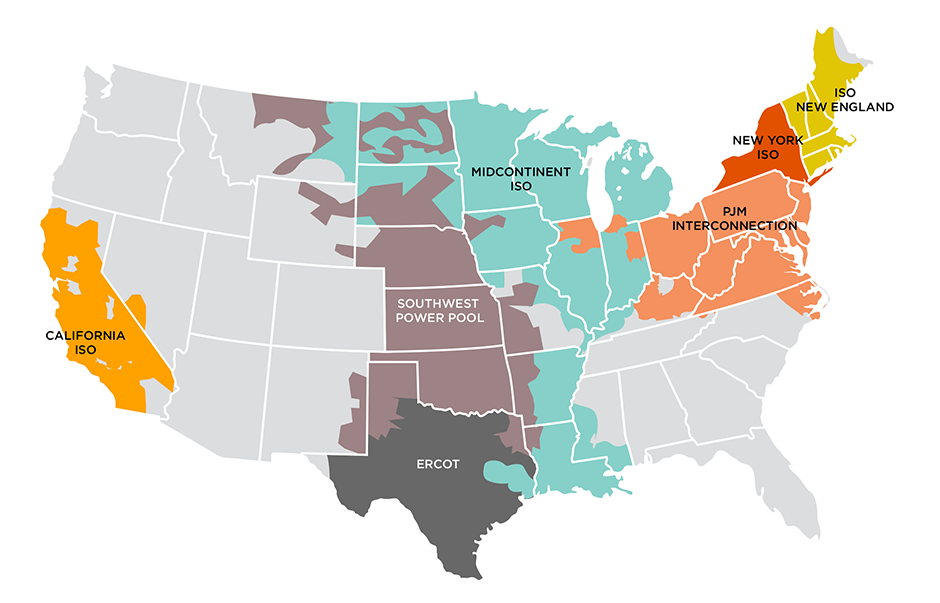Electronics, Vol. 13, Pages 4485: UWB-Based Accelerometer Sensor Nodes for Low-Power Applications in Offshore Platforms
Electronics doi: 10.3390/electronics13224485
Authors: Markos Losada Aitor Olaizola Andoni Irizar Iker Fernández Adrián Carrasco Joep Van der Zanden Ainhoa Cortés
Due to the growth of renewable energies, which requires cost reduction and efficiency in terms of structural health assessment, failure prevention, effective maintenance scheduling, and equipment lifespan optimization, in this paper, we propose an Ultra Wideband (UWB)-based accelerometer Sensor Node for low-power applications in offshore platforms. The proposed Sensor Node integrates a high-resolution accelerometer together with an Impulse Radio Ultra-Wideband (IR-UWB) transceiver. This approach enables effective remote monitoring of structural vibrations. This provides an easy-to-install, scalable, and flexible wireless solution without sacrificing robustness and low power consumption in marine environments. Additionally, due to the diverse and highly demanding applications of condition monitoring systems, we propose two modes of operation for the Sensor Node. It can be remotely configured to either transmit raw data for further analysis or process data at the edge. A hardware (HW) description of the proposed Sensor Node is provided. Moreover, we describe the power management strategies implemented in our system at the firmware (FW) level. We show detailed power consumption measurements, including power profiles and the battery-powered autonomy of the proposed Sensor Node. We compare data from a wired acquisition system and the proposed wireless Sensor Node in a laboratory environment.The wired sensor integrated into this acquisition system, fully characterized and tested, is our golden reference. Thus, we validate our proposal. Furthermore, this research work is within the scope of the SUREWAVE Project and is conducted in collaboration with the MARIN Institute, where wave basin tests are carried out to evaluate the behavior of a Floating Photovoltaic (FPV) system. These tests have provided a valuable opportunity to assess the effectiveness of the proposed Sensor Node for offshore platforms and to compare its performance with a wired system.

 1 week ago
17
1 week ago
17


